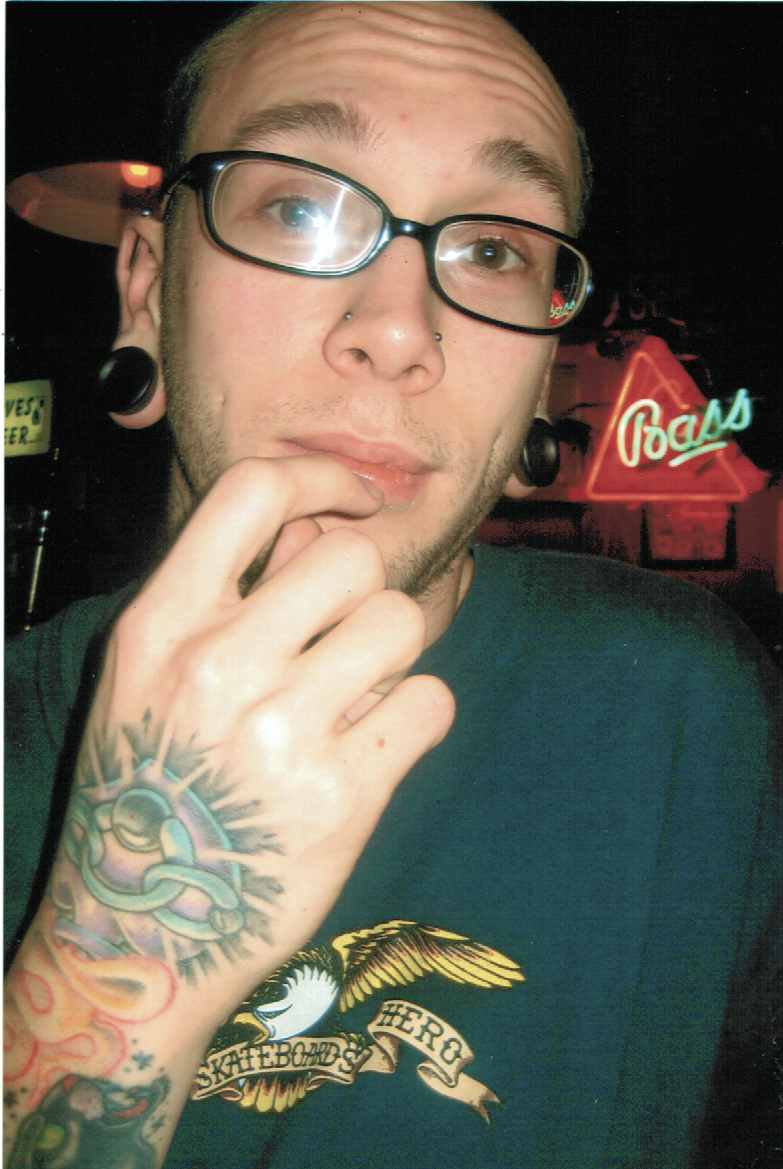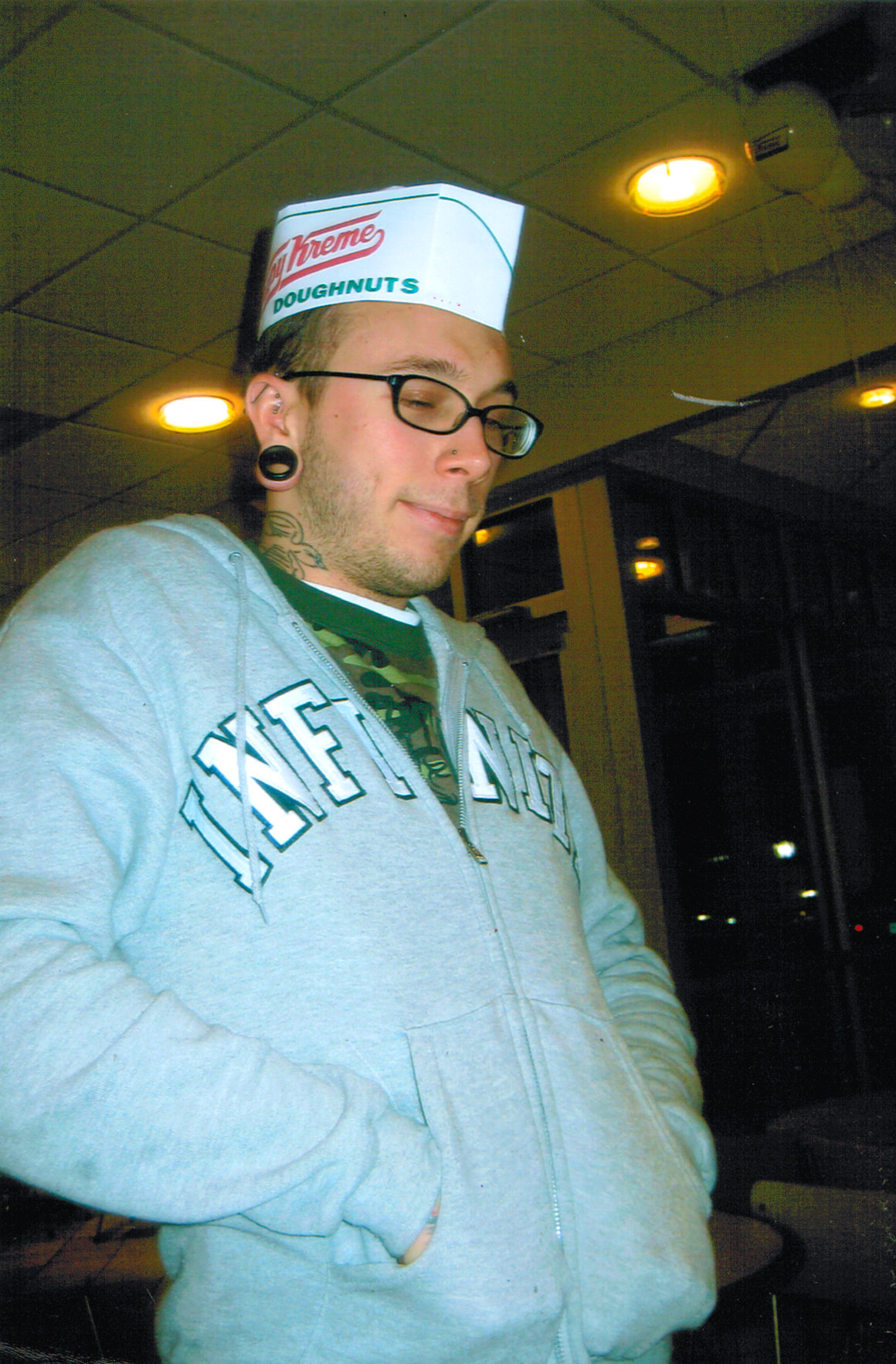 Paul King
Paul King
Committee Chairperson & APP Treasurer
The Leather Archive and Museum and the Association of Professional Piercers are thrilled with the success of the Sailor Sid Diller Photographic Archive fundraising campaign!
This project began in September 2014, when Elayne Angel forwarded an email to the APP from the Leather Archive, a non-profit museum[1], requesting a grant of $10,000 to preserve a fragile collection of Sailor Sid Diller’s ephemera, letters, photographs, and films, that had been passed on to the LA&M by Jim Ward.
The Officers and Board of Directors of the APP thought it would be best to share this undertaking with the greater piercing community. The goals of the fundraiser were to raise a considerable sum of money for preservation expenses, as well as educate folks in the piercing community who may have never heard of or knew very little about our communities’ historical figure “Sailor Sid.” the LA&M loved the idea of a fundraising campaign and worked closely with the APP in every step of the process. The financial goal was upped to $11,000 to cover most of the costs of gifts to those that would contribute to the campaign. The online Indiegogo portion would be $6000 with the APP committing to match up to another $5000. The campaign was a resounding success exceeding all expectations!

The Indiegogo online campaign raised $12,286, with 102 registered contributors.[2] The largest contributors were Badur Ramji (Punkmedics) and Vaughn Body Arts (Cody Vaughn) at $2,500 each, Tiffany Diamond (DV8 Body Art) at $1,000, and 3 additional contributors: James Weber, Metamorphosis (Kristin and Joe Otter), and Billy Wood Jr., at $500 each. If you see these folks out and about or online, please thank them! In addition to the online Indiegogo campaign, the APP raised another $2,654 onsite at Conference and LA&M raised $3,824 from a business donor. Altogether, we were able to raise funds totalling $23,764!
Originally, the scope of this endeavor was focused on preservation with the intent to share a representative selection of the digitized photographs and films online. However, as a result of the exceptional support, the LA&M has committed to digitizing the entirety of Sailor Sid’s archive, making it all available online! This will be a huge and unprecedented undertaking for our communities.
In addition, this project raised enough funds to cover the expense of an exhibition featuring original materials and film screenings during the next annual APP Conference and Exposition. [3]LA&M’s archivist, Jakob Vanlammeren, will be in person to oversee the exhibit and lead small groups on tours.
Both the LA&M and the APP are excited about the possibilities for future projects that will save precious collections that are historically significant to both communities.
The campaign would like to acknowledge the efforts of the individual team members that helped make this happen: from LA&M—Rick Storer (executive director), Jakob Vanlammeren (archivist and project lead), Jeffrey Storer (social media), and Christina Court (reviewer), as well as from the APP—Paul King (advisor), Miro Hernandez (social media), and Dannielle Greenwood (designer), Matte Erickson (BPA), Becky Dill (BPA), and Kendra Jane Berndt (BPA).

 Paul King
Paul King





 Caitlin McDiarmid
Caitlin McDiarmid


 Shorty
Shorty








 Paul King
Paul King






